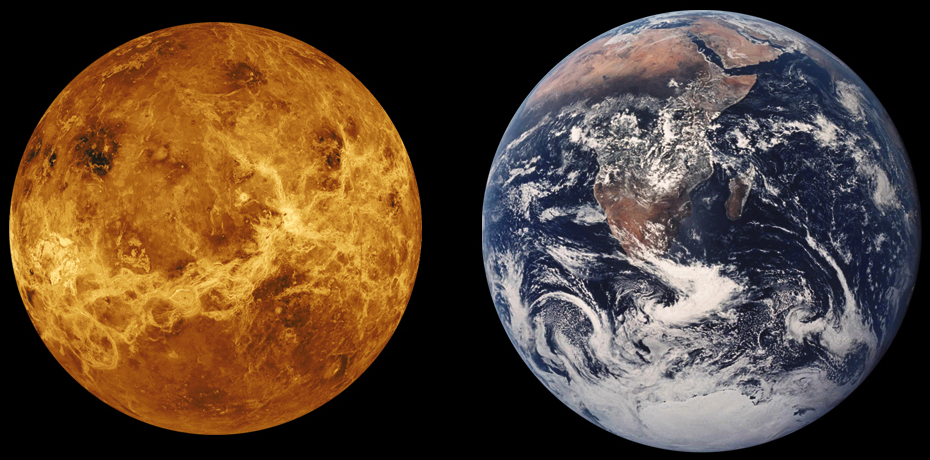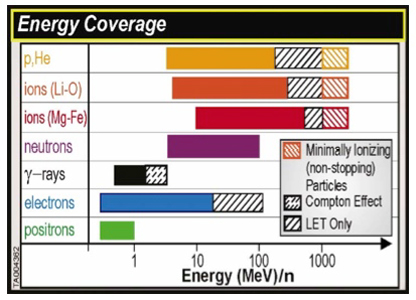*Planet Venus is the best planet in the Solar System for colonization. *
First, it is the closest one to the Earth - about 40 million kilometers, compared to 50 million to Mars.
Also, there is a much frequent launch window (every 584 days), compared to the 780 days for Mars**.
It is similar to Earth by its size - slightly smaller than Earth, which provides almost the same gravity - 0,9g, compared to the 0.38g only on Mars. Gravity is crucial for the human's skeleton-muscular body system's health.

Venus has a thick, extremely hot (500 deg.C) and Sulfur-Acidic Atmosphere with a deadly Pressure of 100 bar on the surface, but with the PERFECT 1 bar and 27 deg.C temp, at 50 km altitude, far above the acidic layer. Also, there is a Quasi-Magnetic Field and more layers of CO2 atmosphere above that altitude, which are perfect shield against the lethal space and Solar radiation. All this cannot be met on Mars, for example.
Venus is closer to the Sun which offers much more solar energy, which could be harnessed by PV-solar panels, than on the Earth's orbit.
The CO2- and H2SO4-rich Venus's atmosphere will provide enough Oxygen for breathing and Hydrogen for Water-synthesis and Spaceship's Fuel. Also, the CO2 will be needed for food-plants farming and lots of Hydrocarbons as Polymers, Medicines, Textiles, and various Chemical raw materials', etc. production, needed for the future Venus's Human Colonies.
All these conditions make the Venus's Tropo-Stratosphere a perfect place for human's living and colonization - so perfect, that humans could also work outside the ship even without specially pressurized and thermally-insulated suits.
There are strong winds at that altitude with speeds of about 350 km/h, but they won't be a problem because the human's colony will fly inside, together with these wind streams, and will remain synchronized and still. These winds will help the Colony to make a full turn around the planet for less than 5 Earth days, instead of the regular Venus turn = 120 Earth's days, if fixed on a stationary Venus-synchronous orbit.
There could be built *giant cities hovering aloft *the Venus's atmosphere, by the help of large Hydrogen Airship Platforms, made of super-strong, super-thin and lightweight Basalt-Fiber SOH-Gas-Plasma-Welded Composite Textile, with high acid / oxidation, UV- and heat-resistance.
The Cities could be connected by flyroads
, kept aloft by lots of electric propellers, powered by PV-Solar and/or MOH-Gas Fuel Stations.
The Electric-Propeller Option could be used for keeping the Cities aloft themselves as well.
Basalt Rock raw material will be mined on the Moon, where it is abundant.
The Basalt-Composite Construction Elements will be also produced there, in underground factories, well-protected against space/solar radiation and meteorites, and then delivered by spaceships to Venus at a low cost.
There is also enough water and oxygen on the Moon, and much more minerals, needed for the Basalt mining and various else products manufacturing.
Super-strong and High-melting point (2,715 deg.C) Zirconia-Fiber Composites could be used for building fully thermally-insulated and acidity-resistant Venus's On-Land Stations as well.
Zirconia is the best thermal insulator and 100% chemically inert ceramic.
Here is a link to a video about the NASA's Project *for the *Venus's colonization :
WIKIPEDIA : https://en.wikipedia.org/wiki/ColonizationofVenus
Grainis ltd. Hydrogen Bulgaria -- https://fuels.alle.bg , [email protected]
